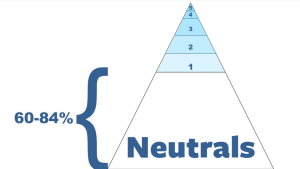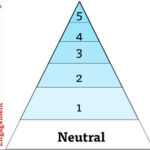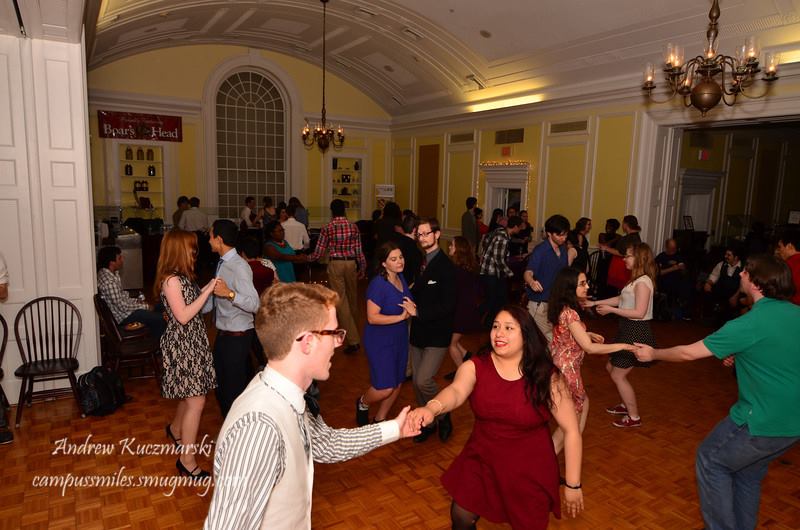When it hits December, most college students in the world have two things on their mind: final exams and winter break. As the semester comes to the end for me, all I can think of is: “GET ME OUT OF THESE GROUP PROJECTS.” This semester I had 3 group projects in place of finals. So instead of stressing out while spending hours studying, I am stressing out while working with 4 other students. This is how I’ve felt for the past two months (hint hint… I am Bradley Cooper on the left):

However, through all the stressing and frustration, I’ve learned a lot in these group projects. First, I’ve learned that DoodlePolls can save a group’s life when trying to schedule mutually available times. Second, I’ve learned that engagement is a process when it comes to group projects. (Woah, sound familiar, right?) Let’s think back to our Engagement Pyramid:
This graphic is used to represent the levels of engagement (neutral through 5) within a school’s community. The bottom (neutral) is the least engaged student (which makes up about 60-84% of the student population), and the top (5) represents the most engaged students. In our case the 5 in each group project is the student who creates the doodle poll, organizes meetings, prepares his work before each meeting, and always stays until the end of each work session. At the other end of the pyramid, we have our neutrals and 1’s who just show up to meetings and do not contribute. And if you are really unlucky, then you have neutrals and 1’s in your class project which do not even show up to class or to meetings.
If you can use some of this knowledge about campus engagement within your group projects, your stress levels can stay low this semester, and you can effectively work well with others in group projects. Here are some tips on working with each level of engagement during group projects:
Neutrals and 1’s:
These are the classmates who do not show up to lectures or meetings. Try to see it through their eyes before jumping to conclusions and calling them lazy or selfish. Are they going through something which inhibits them from showing up? Or do they need to be motivated to do well? Talk to them first before complaining to the teacher. Just as you would as a campus leader, look for ways to move their interest from “meh” to “hmm.”
2’s and 3’s:
These are the fellow students who show up to lectures or meetings, but contribute the bare minimum to the group. They are there for the participation grade. Before you call them out for not contributing enough or being incompetent, ask and encourage them to share their ideas throughout the project. Move their thought process from “What’s in it for me?” to “What’s next for me? How can I make sure our group gets an A?”
4’s and 5’s:
Collaborate with the other 4’s and 5’s in your group to ensure that everyone understands and agrees with the work that’s being done. With their help, define a group member’s current level of engagement (X), and strive to increase their engagement by one level (+1). Create x+1 moments within your group meetings by encouraging discussion and asking questions to group members.
These tips will not only keep your stress levels low and grades high, they will also help you build a community of peers where everyone feels welcomed, connected, and engaged. At the end of the semester, when your group receives an A on that project, you will have no trouble engaging others to celebrate over a team dinner together. 🙂





